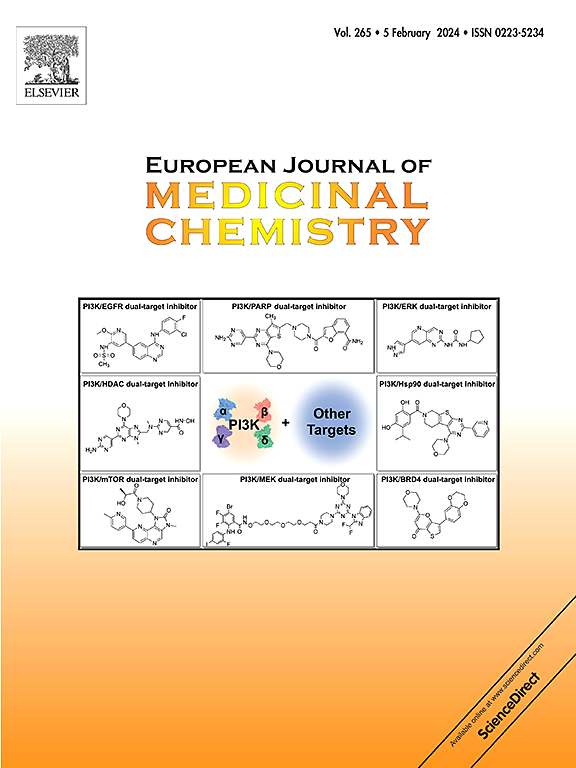Leveraging machine learning predicted confidence for boosting assay submission and decision-making efficiencies
IF 6
2区 医学
Q1 CHEMISTRY, MEDICINAL
引用次数: 0
Abstract
Machine learning (ML) has become very popular, and its benefits are widely recognized within the scientific community. The ability of ML approaches to leverage large datasets to find patterns among composite single data points has made these approaches widespread across different fields. Small molecule pharmaceutical research has experienced the advantages of these methods for tasks such as molecular property prediction, secondary pharmacology analysis, de novo generation, and compound clustering. Coupling efficient ML models with robust uncertainty quantification methods gives the additional advantage of discriminating among predictions to identify the ones that can be truly reliable. Herein, the Roche experience with ML uncertainty quantification for influencing decision making in pharmacokinetic assay submission is described. After setting up an initial threshold for error acceptance via nonadditivity analysis, the combined efforts of ML and experimental scientists developed an optimal uncertainty threshold in ML models. By excluding compounds with predicted properties that were within a confidence level equal to or greater than the agreed one, the analysis highlights how significant numbers of molecules could potentially be excluded from assay submission (up to 25 % of the normal submission rate), allowing significant time and cost savings for the organization.


利用机器学习预测信心,提高分析提交和决策效率
机器学习(ML)已经变得非常流行,它的好处在科学界得到广泛认可。机器学习方法利用大型数据集在复合单数据点之间查找模式的能力,使得这些方法在不同领域得到广泛应用。小分子药物研究在分子性质预测、二次药理分析、新生产物生成和化合物聚类等任务中都具有这些方法的优势。将高效的ML模型与鲁棒的不确定性量化方法相结合,可以在预测之间进行区分,从而识别出真正可靠的预测。本文描述了罗氏在ML不确定度定量影响药代动力学分析提交决策方面的经验。在通过非加性分析建立了错误接受的初始阈值之后,机器学习和实验科学家共同努力开发了机器学习模型的最佳不确定性阈值。通过排除在置信水平内等于或大于约定置信水平的预测性质的化合物,该分析突出了有多少分子可能被排除在分析提交之外(高达正常提交率的25%),从而为组织节省了大量的时间和成本。
本文章由计算机程序翻译,如有差异,请以英文原文为准。
求助全文
约1分钟内获得全文
求助全文
来源期刊
CiteScore
11.70
自引率
9.00%
发文量
863
审稿时长
29 days
期刊介绍:
The European Journal of Medicinal Chemistry is a global journal that publishes studies on all aspects of medicinal chemistry. It provides a medium for publication of original papers and also welcomes critical review papers.
A typical paper would report on the organic synthesis, characterization and pharmacological evaluation of compounds. Other topics of interest are drug design, QSAR, molecular modeling, drug-receptor interactions, molecular aspects of drug metabolism, prodrug synthesis and drug targeting. The journal expects manuscripts to present the rational for a study, provide insight into the design of compounds or understanding of mechanism, or clarify the targets.

 求助内容:
求助内容: 应助结果提醒方式:
应助结果提醒方式:


